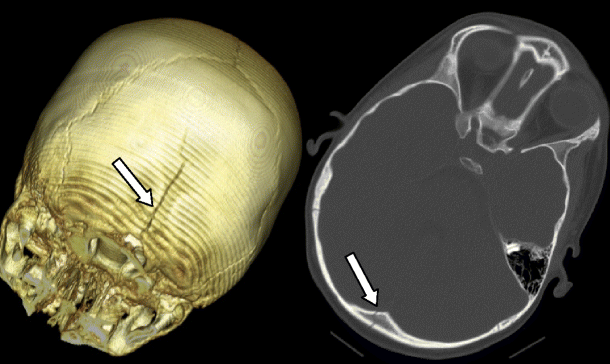
Do not drink any alcohol for at least the next 24 hours.Take it easy for the next few days or longer if you are not feeling well.If your doctor tells you to, have another adult check you at the suggested times to make sure you are able to wake up, recognize the other adult, and act normally. Put a thin cloth between the ice and your skin. Try to do this every 1 to 2 hours for the next 3 days (when you are awake) or until the swelling goes down. Put ice or a cold pack on the sore area for 10 to 20 minutes at a time.He or she will tell you if you need someone to watch you closely for the next 24 hours or longer. Too much acetaminophen (Tylenol) can be harmful. Many pain medicines have acetaminophen, which is Tylenol. Do not take two or more pain medicines at the same time unless the doctor told you to.If you are not taking a prescription pain medicine, ask your doctor if you can take an over-the-counter medicine.If the doctor gave you a prescription medicine for pain, take it as prescribed.Take pain medicines exactly as directed.
FOREHEAD SKULL FRACTURE FULL
You need to take the full course of antibiotics. Do not stop taking them just because you feel better.

A test strip is used to collect fluid from your nose. A nasal CSF test is done to check for a cerebral spinal fluid (CSF) leak caused by a skull fracture.Tell the healthcare provider if you have any metal in or on your body. Do not enter the MRI room with any metal. Tell the healthcare provider if you have ever had an allergic reaction to contrast liquid. You may be given contrast liquid to help damage show up in the pictures. An x-ray, a CT scan, or MRI may be used to check for broken bones and tissue swelling.Uncontrollable eye movements, not being able to move one of your eyes, or blurred or double vision.Trouble swallowing, dry mouth, or drooling on one side of your mouth.Trouble moving your arms and legs or raising your shoulders.

Hearing problems, such as ringing in your ears and hearing loss.Drooping on one side of your face, or trouble moving one side of your face or closing your eye.Bruising behind your ears or around your eyes.Blood or clear fluid coming out of your nose or one or both of your ears.Signs and symptoms depend on the cause of your skull fracture: What are the signs and symptoms of a skull fracture? Last updated on Jul 3, 2023.Ī skull fracture is a break in a bone in your head.


 0 kommentar(er)
0 kommentar(er)
